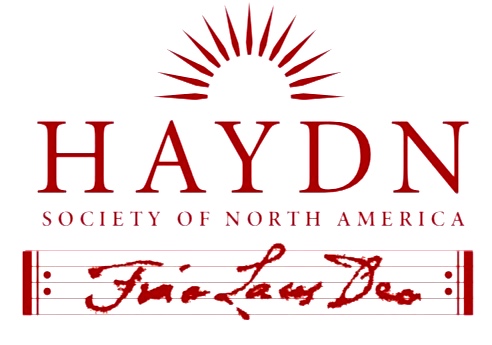
Article Title
Document Type
Article
Abstract
Although Joseph Haydn felt that his brother Michael (1737-1806) held “first place” in the field of church music, scholarship on the brother surprisingly still has many lacunae; e.g., in the study of Michael’s early works composed before he went to Salzburg. Nearly half of this brother’s 28 settings of the Mass Ordinary for voices with orchestral accompaniment were composed in his early years, i.e. after his early studies in Vienna ca. 1745 and during his work for the bishop in Grosswardein (Oradea, Romania) and prior to his arrival in Salzburg in August 1763. This paper attempts to shed more light on these Viennese years by describing some of the church-music scene that the young Michael Haydn encountered, as well as to show how three of his early concerted Masses exhibit the strong influence of his musical environment, an influence that he carried with him to Grosswardein where he served as a Kirchenmusiker (1757-) and then as Kapellmeister (1760-63).
After a review of the significant, potentially influential contemporaries in Viennese sacred music of the 1750s (e.g., G. Wagenseil, G. Reutter d.J., G.M. Monn, J.N. Boog, J.G. Albrechtsberger, J. Ziegler, T. Gsur), musical examples from the three early masses of Michael Haydn and those by some of these contemporaries in Vienna demonstrate how the young composer was influenced by them. Initial stylistic study of the three Michael Haydn masses (Sherman nos. MH 1, MH 13, MH 16) in terms of movement structures, instrumentation, length, use of solo voices, etc. demonstrates the strong influence of Viennese practices in his concerted-mass settings, making it highly likely that all three works were composed in Vienna, i.e. before he moved to Grosswardein.
Recommended Citation
MacIntyre, Bruce C.
(2019)
"Michael Haydn's Early Masses and Their Viennese Context,"
HAYDN: Online Journal of the Haydn Society of North America: Vol. 9, Article 3.
Available at:
https://remix.berklee.edu/haydn-journal/vol9/iss2/3
Included in
Music Education Commons, Musicology Commons, Music Pedagogy Commons, Music Performance Commons, Music Practice Commons, Music Theory Commons
© Haydn Society of North America ; Boston: Berklee Library, 2019. Duplication without the express permission of the author and/or the Haydn Society of North America is prohibited.


